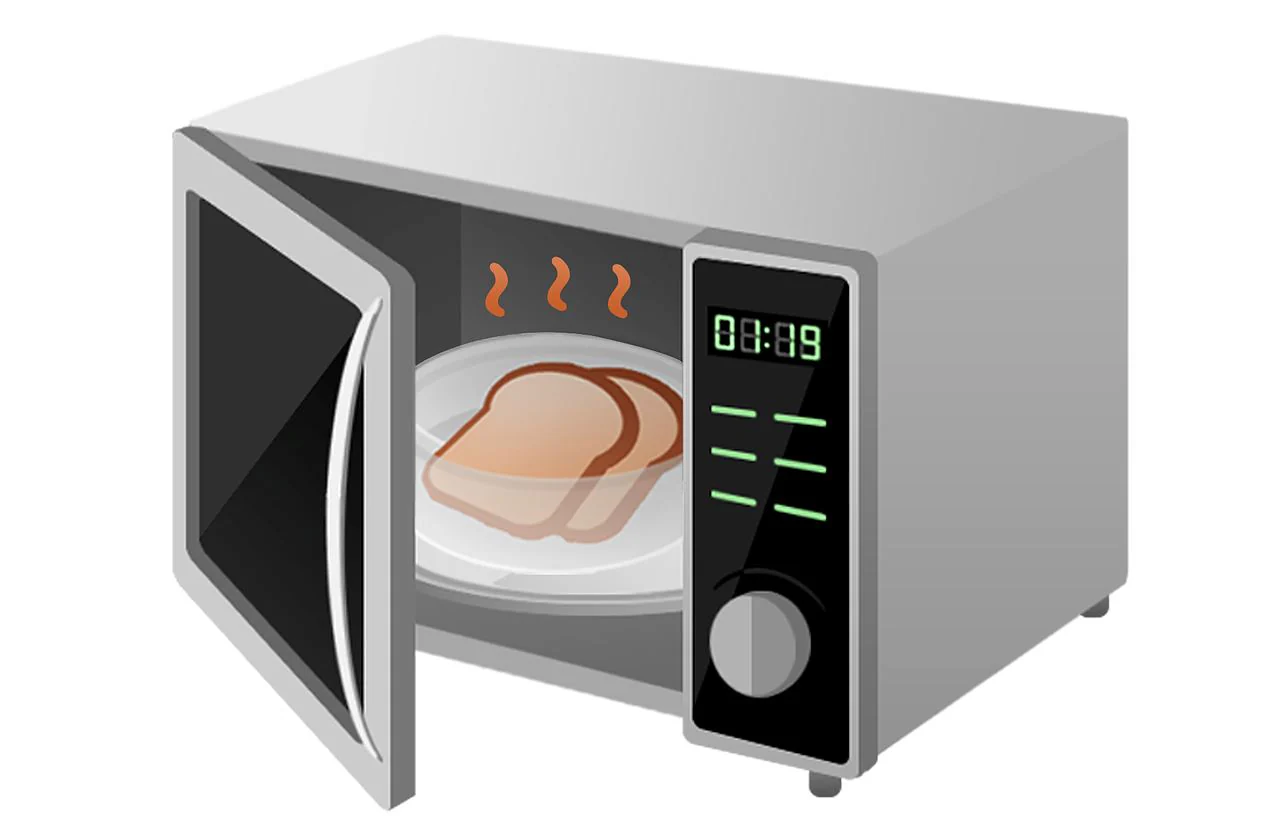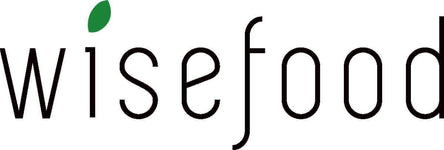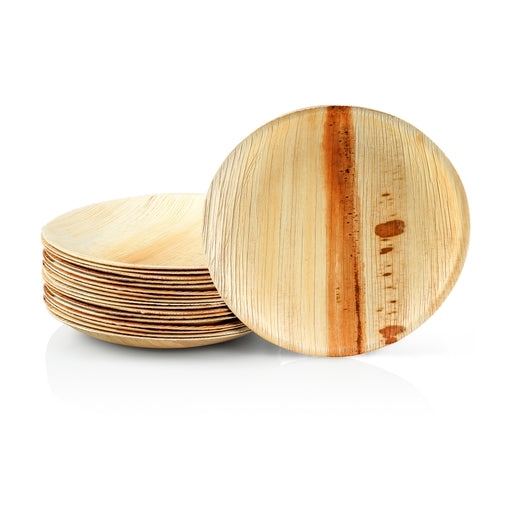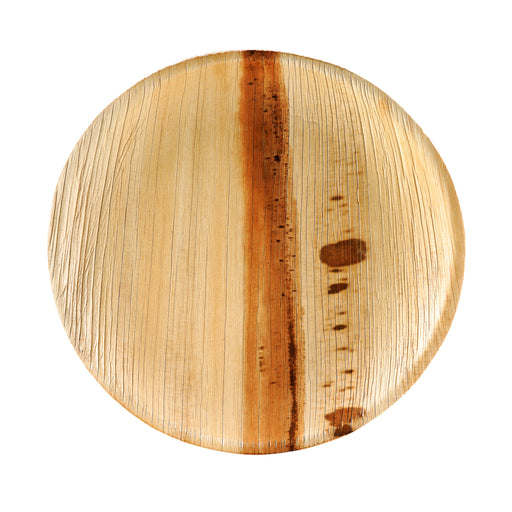Which crockery is microwave-safe?
Warming up meals quickly and easily in the microwave is part of our everyday life. But many do not even know that not every vessel is suitable for this. Under certain circumstances, it can even lead to unpleasant damage. The following article explains what you need to consider when choosing microwaveable dishes, how to recognize them and what you should definitely avoid.
How do microwaves work?
Microwaves heat our food. But how does that actually work? Electromagnetic waves set water molecules in motion, which then rub against each other. This process creates heat, which in turn ensures that we can easily enjoy warm meals. In complete contrast to this is how an oven works, which heats our food by converting electrical energy into thermal energy.
Microwave-safe tableware: what's behind it?
Microwavable means that a vessel can safely be used to heat meals in popular appliances. Containers specially made for the kitchen appliance are usually made of plastics that are heat-resistant and food-safe. Therefore, they do not affect the taste of the food heated in them. They can withstand temperatures of up to 200 degrees Celsius and can usually also be used to freeze food. If you're wondering whether your dishes are suitable for microwave use, you can find out quickly and easily with the help of an uncomplicated practical test. To do this, place the container in the device and turn it on at the highest level for about half a minute. Then you open the microwave door and check whether the dishes are cold or warm. If it stays cold, it has passed the practical test and is therefore suitable for microwave use. It is important to place an additional container filled with water to prevent damage.
Microwavable vs Microwavable: The Difference
Microwaveable dishes have the property of being specially made for microwave use. This has characteristic symbols that indicate suitability. Dishes that are considered microwave-safe are generally not explicitly microwave-safe. As a rule, however, it is not damaged when used in the microwave, especially at moderate temperatures, and can be used without hesitation. Such containers absorb heat in the practical test mentioned above. However, they can be used for simply heating up meals, provided they meet a few requirements. If you want to be on the safe side and avoid possible damage, you should look for a microwave-safe logo that certifies microwave suitability.
Microwave-safe crockery: play it safe with symbols
Basically, there is no uniform sign for microwave-safe. The manufacturers use several pictograms, which are now well known. These are usually attached to the underside of the respective dishes. The best-known example of a symbol showing suitability for microwave use is a rectangle containing three parallel, wavy lines. Another symbol depicts a plate or bowl with four parallel waves. The image of a microwave oven, which again has the typical wavy lines in the middle, is also common. There are also several less frequently used symbols for microwaveable. The frequently occurring assumption that dishes that are microwave-safe can also be used in the oven is wrong. If the dishes can actually be used in the oven, there is an extra symbol for this.
🌎 Sustainable & climate neutral
💯 Oven, microwave and refrigerator safe
🎉 Ideal for to-go, barbecue parties, birthday parties
🌴 Free from chemical additives
📦 Round plates Ø 20cm, packed in packs of 25
Original price
€9,99
Original price
from €9,99
€8,39
€9,99
Current price
€9,99
Our sustainable tableware is made from whole palm leaves that come from controlled cultivation and is therefore the perfect alternative to plastic...
View full details
These materials are suitable for microwave use:
The microwave has become an indispensable part of our everyday life. It is a welcome aid, especially when things have to be done quickly. No wonder, then, that there are now a large number of materials that are suitable for their use.
ceramics:
A particularly popular material for microwave use is ceramic. Like earthenware, ceramic is a slightly coarser-pored material that can usually be used for heating without hesitation. It is unsuitable if it has a metal edge (e.g. made of gold or silver). These metal strips could heat up so much during the heating process that they would burn with sparks flying. Another exclusion criterion are reflective coatings or various types of damage.
Glass:
The microwave use of glass containers is usually unproblematic. In order to ensure absolute safety, you should rather use something thicker or specially microwaveable than filigree, thin glassware. Glass is an amorphous material composed of quartz sand, soda or lime. Due to its special structure, the glass absorbs heat less quickly than its contents. If you're not careful, you can burn your fingers when you pull them out, which can be quite painful. Therefore, a pot holder or glove should always be used for protection. Microwave-safe glass dishes are usually made of borosilicate glass, also known as safety glass. But in all likelihood, no special microwave-safe glassware can be used without hesitation. Problems arise when a glass jar is heated in the microwave for a long time at very high temperatures and without a turntable. The fear that the glass could melt is unfounded. Cracking during heating will only occur if the vessel already has damage such as cracks or contains frozen liquid that is improperly heated.
Plastic:
Plastic containers should only be used if they are microwavable plastic. Special abbreviations provide information about the temperature level to which the vessels can be exposed. Vessels labeled LCP can be heated up to 230 degrees Celsius. Plastic dishes with the abbreviations PEI or PES can withstand temperatures of up to 200 degrees Celsius. Plastic that is not intended for microwave use deforms or melts.
Tupperware:
Microwave-safe Tupperware was specially developed for quickly heating up meals. This can be recognized by the above-mentioned common symbol for microwave safe, which depicts a rectangle with three parallel, wavy lines.
You should definitely avoid these vessels:
In general, sealed containers and plastic dishes that do not bear a special logo are not suitable for microwave use. The same applies to vessels with a metal rim or damage such as a hole or crack. Metal containers such as aluminum or stainless steel dishes are also not intended for microwave use. These are heated faster than their contents, which can result in unwanted sparking or arcing. Not only the affected vessels, but also the equipment itself can be damaged.
Microwave-safe crockery is also available in sustainable versions: thanks to Wisefood
The Munich company Wisefood is committed to sustainability and the fight against plastic. Wisefood offers its customers a wide range of environmentally friendly and sensible alternatives to conventional disposable tableware. The goods offered are made from raw materials, most of which are of natural origin and carefully selected for production. The product range includes drinking straws, cups and cutlery. There is also a wide selection of plates and bowls. One example is the popular palm leaf products that are suitable for microwave use. The palm leaf plates and bowls are available in different sizes and shapes. They are not only sustainable and climate-friendly, but also free of additives of chemical origin and can be used in a variety of ways. They are both microwave and oven safe and can easily be placed in the fridge.
FAQ
How do I know if my plates and bowls are microwave safe?
A microwaveable sign and a simple practical test will tell you whether your vessels are suitable for microwave use.
What does the microwaveable logo look like?
Unfortunately, there is no uniform logo for this. However, the following symbol is found most frequently: A rectangle containing three parallel, wavy lines.
Are there also sustainable containers that are suitable for microwave use?
Yes! At Wisefood you can get the popular palm leaf products that are suitable for microwave use.
Does glass melt if I heat it in the microwave?
No. In principle, glass can be used without hesitation. If there are cracks or other damage, caution is advised.
What should I definitely not put in the microwave?
Damaged or closed vessels, plastic that is not suitable for microwave use and metal containers have no place in them.
Sources:
https://praxistipps.focus.de/china-microwave-suitable-or-not-so-find-sies-out_114182
https://www.wisefood.eu/collections/teller-bowls
https://tipps.computerbild.de/zuhause/kueche/ microwave-suitable-932433.html
https://praxistipps.focus.de/ microwave-suitable-dishes-an-diesen-zeichen-erkennen-sie-es_115870
https://www.br.de/radio/bayern1/plastic-in-der-microwave-100.html
https://www.haus.de/leben/glas-in-mikrowelle-31321
https://www.hausjournal.net/teller-in-mikrowelle
https://tipps.computerbild.de/zuhause/kueche/ microwave-dishes-927987.html
https://www.verbraucherzentrale.de/wissen/lebensmittel/lebensmittelproduktion/kennzeichung-von-instrumente-die-mit-lebensmittel-in-beruehrung-kommen-7565



